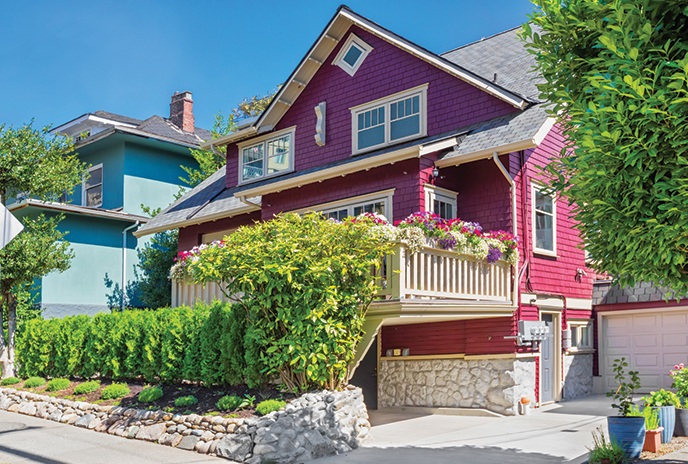
The Principal Residence Exemption (PRE) can be the most valuable tax exemption available to Canadian residents, given the dramatic recent increase in property values.
What are the criteria?
For a principal residence (PR) to be eligible for the PRE, the following must be met:
- The taxpayer must have been a resident of Canada for tax purposes during the years the PRE is being claimed;
- The taxpayer, or specific types of trusts where the taxpayer is a beneficiary, owns the property;
- The property is a house, apartment/condo, cottage, trailer or houseboat;
- The property was ordinarily inhabited in the year by the taxpayer, their spouse or their children.
Ordinarily inhabited is not defined by tax law, but the courts have allowed relatively short periods of time to qualify, so long as there is some regularity to it. Furthermore, the property does not have to be located in Canada to qualify, and you may treat a rented-out property as your principal residence if you live in it before or after it is rented and meet other criteria.
Since 1982, the PRE is limited to one property at a time per family unit, while taxpayers could designate different properties to each claim a PRE before 1982. The PRE is calculated as: [(1 + # of years as a PR) ÷ # of years owned] x The capital gain. In essence, the calculation ensures that a single property’s gain can be fully exempt from tax where the required criteria have been met. The ‘1+’ in the calculation also allows a property to be covered for one extra year when there is overlap with another eligible property. Note that the 1+ is not available if the taxpayer was a non-resident of Canada in the year of purchase.
What is reported to the CRA?
Previously, where the capital gain was entirely covered by the PRE, taxpayers were not required to report the sale on a tax return. However, for dispositions after 2016, taxpayers are now required to report the sale on Schedule 3 of their T1 personal tax return, and to designate the property as a PR on form T2091.
What if I own two eligible properties?
A taxpayer can only claim one exemption for any given year, but can choose which property to claim for each year. For example, let’s assume a taxpayer owned two properties, one in Vancouver and one in Whistler. The Vancouver property has been owned for 10 years with an unrealized gain of $1,500,000, while the Whistler property has been owned for 15 years with an unrealized gain of $750,000. The taxpayer dies (with no spouse) while holding both properties, and, under our income tax rules, is deemed to have disposed of the assets at fair market value at the date of death, in this case giving rise to capital gains. Their will leaves both properties to their adult children and empowers their executor to decide how to claim the PRE.
The executor will generally want to first select the property with the highest average gain per year. The average gain per year is $150,000 on the Vancouver property and $50,000 per year on Whistler. To maximize the value of the PRE, the executor should designate the Vancouver property for nine years (claiming a PRE for 10 years, due to the 1+ in the formula) and Whistler for six years (claiming a PRE for seven years due to the 1+). This would fully exempt the Vancouver property gain and would exempt $350,000 of the Whistler property gain. Assuming that 50% of the remaining $400,000 capital gain on the Whistler property is taxable at a marginal tax rate of 53.5% (BC’s highest rate, as of writing), the resulting taxes payable would be approximately $107,000.
Where one property is sold in advance of another, the taxpayer will need to determine whether it is more beneficial to claim the PRE on the property recently sold, or to retain the exemption, in part or in full, for the future disposition (deemed or otherwise) of the second property. The impact that immediate taxation may have on their financial wellbeing and long-term family plans for the remaining property should be considered.
Planning ahead, for a large tax bill
If you will owe taxes on a property that will be sold before or upon your death, these can generally be covered from the sale proceeds. However, if your estate will owe taxes, it may not have sufficient liquidity to pay these when due, despite best intentions to sell the property or keep it in the family. In next month’s Odlum Brown Report, we will discuss planning strategies for transferring property, such as recreational homes, to the next generation.
For more information, please contact your Odlum Brown Investment Advisor or Portfolio Manager.
Odlum Brown Financial Services Limited is a wholly owned subsidiary of Odlum Brown Limited, offering life insurance products, retirement, estate and financial planning exclusively to Odlum Brown clients.